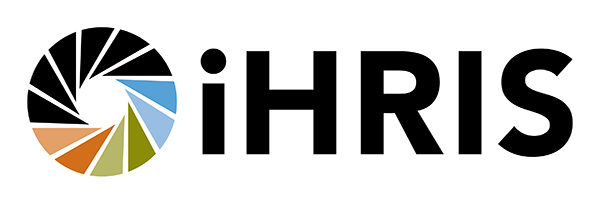What OpenHIE Means—and Could Mean—for Health Sectors around the World

At the Global mHealth Forum in December, one session stood out to me in substance and approach: it was on a collaborative effort called OpenHIE.
Skipping over all the technical parts of the acronym, OpenHIE is a set of technologies that allows data systems to talk to each other. In my line of work, the data systems are registries: lists of clients, health workers, and health facilities. Each registry uses the same terms (ideally) to share data and make common health information possible. The OpenHIE session was a three-hour exploration of the issues involved in getting people, organizations, and technology all to work together. The approach was as open and ad hoc as the OpenHIE movement has been since it started in 2012.
Sharing information widely within health systems and the people involved benefits everyone.
The session leaders, Paul Biondich of Regenstrief Institute and Dykki Settle of IntraHealth International, invited any person to come up to the front of the room, grab a microphone, perch on a stool, and talk—ask a question, make a comment, react to something someone else said. The idea behind OpenHIE is that sharing information widely within health systems and the people involved benefits everyone. The data support the health system, which supports health workers, who in turn support the health and well-being of communities everywhere.
But how do we get all those computers talking with each other?Well, the tech is the easy part—that’s just hardware and software, and they do what you tell them to do. The wetware—the human beings and their organizations—is the hard part. They have their own minds and ideas. The OpenHIE effort began in Rwanda to connect information systems together to address maternal mortality and encourage antenatal care. The early pilots there in 2012 encouraged people to pursue developing a health information exchange in a more formal way. That effort involved working with human factors, such as motivating various players to participate in mutually reinforcing ways. OpenHIE would be possible if everyone could agree on some minimal set of common data types.
There are a number of global health information system standards, such as HL7 (Health Level Seven), but they are very complicated and came out of health informatics in the US and Europe. The effort in Rwanda needed to align with such standards, but they did not need the full construction set. (Someone even called HL7 a bridge too far—that is, more innovation than necessary.) So the group developed a local approach that could later build up to such global standards.
OpenHIE was really a social construct—a set of methods that people agreed to use.
Communications with frontline health workers require data.
OpenHIE and EbolaWhen the Ebola crisis hit, one way countries could respond was by communicating with frontline health workers for disease reporting, refresher training, and even to report which facilities were open and staffed.
But those communications required data—on the facilities, the workers, and their mobile phone numbers. And those data resided in different information systems.
The OpenHIE approach helped technologists design the connections necessary to get those systems talking with each other quickly. Everyone involved was energized by the prospect of using the OpenHIE approach to address an immediate and grave crisis. Those efforts can become lasting contributions to information structures and relationships.
Creating data connections may sound boring, but it’s because few things are more boring than miles and miles of smooth freeway. If you’re in an ambulance, you'll likely appreciate the effort that went into making that freeway fast and smooth.
That’s what the OpenHIE effort is meant to achieve. And we need to keep at it until the road is built.
Also read:
